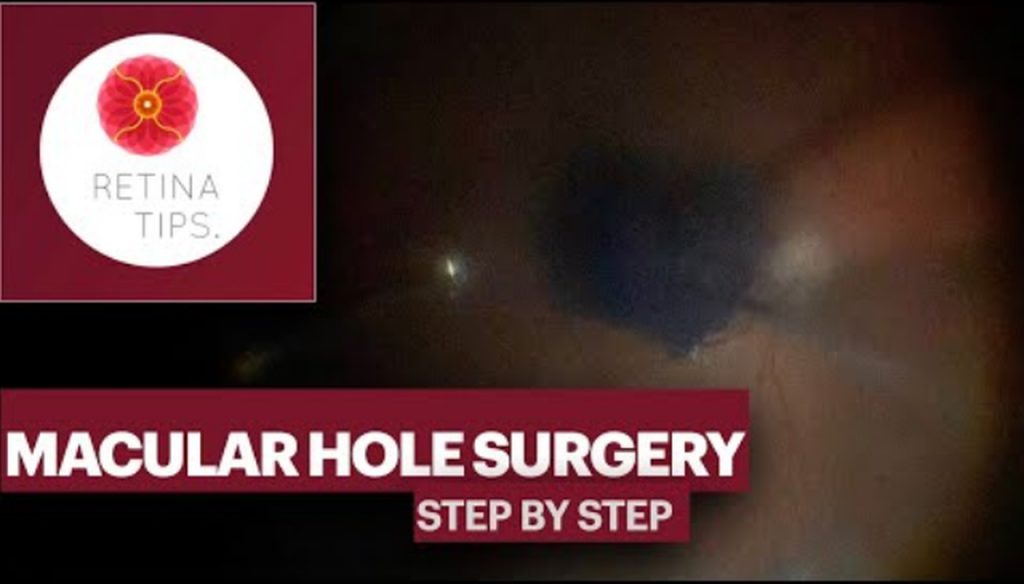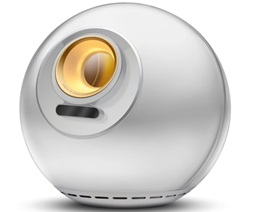Macular Hole Surgery Step by Step
In this video shared by dr. Hasan Bahrani from Erbil Iraq, we discuss the surgical steps on PPV for the treatment of idiopathic macular holes.
In this procedure, the surgeon inserts 25-G trocars in a four-port system using a chandelier light.
Note that he makes conjunctival displacement using a forceps and that sclerotomies are made in a beveled angle and in a biplanar incision.
The infusion line is filled with BSS, turned off for the insertion, and is only turned on again after checking its correct positioning on the pars plana.
Chandelier light is a useful tool in macular hole surgery once it is possible to improve visualization during the peeling, and it allows the surgeon to perform scleral indentation by himself during shaving. In this case the surgeon placed the chandelier light superiorly.
Then, a non-contact viewing system is set, and after focusing, core vitrectomy is made.
Triamcinolone acetonide is used to help PVD induction maneuver. After staining, the vitreous cutter is positioned in the nasal side of the optic disc and with maximal suction the posterior hyaloid is engaged in the aspiration port, and is pulled slowly toward the periphery. It’s important to be careful about the possibility of idiopathic peripheral retinal breaks during this step. If necessary, this maneuver is repeated in all directions.
The peripheral vitreous should be shaved under scleral indentation as much as possible, before inserting the retinal forceps for peeling.
You can perform surgical capsulotomy if necessary and remember to keep the cornea well moisturized to improve visualization. Then, Brilliant blue dye is injected to stain the Internal limiting membrane.
To start peeling, it is important to avoid the papillomacular bundle so you might create irreversible visual field defects. Choose instead a well stained place and perform pinch and peel technique.
First, make a tiny movement upward with your retinal forceps to grab the ILM and then release it to create an edge.
Then you rebrab the ILM and pull it circumferentially to complete the peeling. An area of 3 to 5 mm of diameter is enough to be peeled.
After checking the periphery and performing endolaser if necessary, fluid air exchange is made.
Finally, the trocars are removed and checked about air leakage.
SF6 gas is then prepared in a 20% concentration to be injected.
In this case, the surgeon decided to suture the sclerotomies once during gas injection there was some leakage. So, Vicryl sutures were used to perform releasable scleroconjunctival sutures.
Video:
Hasan Bahrani MD
Erbil, Iraq
Edition:
Filipe Lucatto MD
Juliana Prazeres MD
Salvador, Brazil




